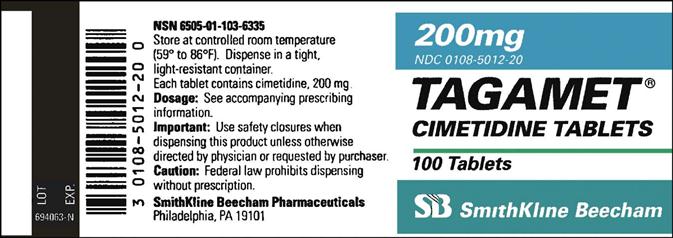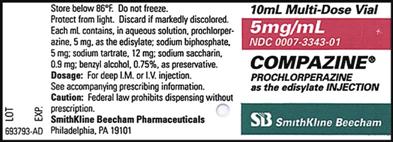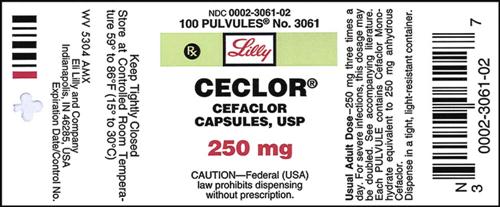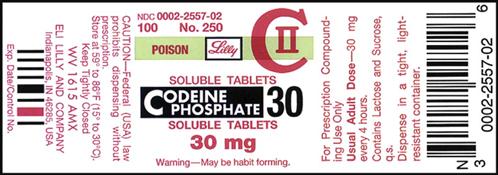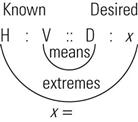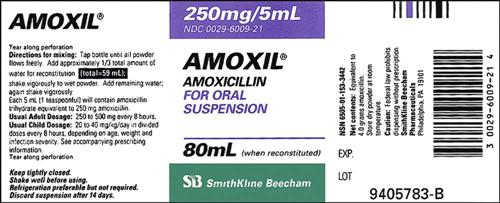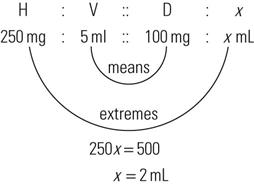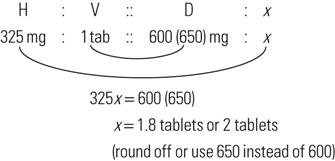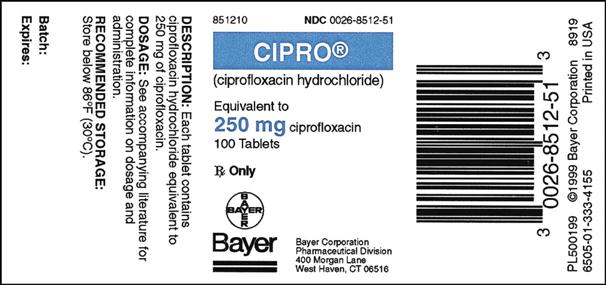Medications and Calculations
Overview
This chapter on medications and calculations is subdivided into six sections: (A) systems of measurement with conversion, (B) methods for calculation, (C) calculations of oral dosages, (D) calculations of injectable dosages, (E) calculations of intravenous (IV) fluids, and (F) pediatric drug calculations. The nurse may proceed independently through Sections A to F to practice and master calculation of drug dosages during the fundamental nursing or pharmacology course. This chapter also serves as a review of drug calculation for nurses in practice settings.
Numerous drug labels are used in the drug calculation problems to familiarize the nurse with important information on a drug label. This information is then used in correctly calculating the drug dose.
Six calculation methods are explained. Four are general methods: (1) basic formula, (2) ratio and proportion, (3) fractional equation, and (4) dimensional analysis. The nurse should select one of these general methods for the calculation of drug dosages. The other two methods are used to individualize drug dosing by body weight and body surface area. Each calculation method has a color-coded icon that identifies the method used in the chapters.
The drug calculation chart in Table 14A-3 may be used in the clinical setting. The nurse might find it helpful to review Chapter 13 on medication administration.
Keeping in mind that the goal is to prepare and administer medications in a safe and correct manner, the following recommendations are offered:
Section 14A: Systems of Measurement with Conversion
Outline
Objectives
Key Terms
Two systems of measurement—metric and household—are used to measure drugs and solutions. The metric system, developed in the late eighteenth century, is the internationally accepted system of measure. It is replacing the apothecary system, which dates back to the Middle Ages and had been used in England since the seventeenth century. Household measurement is commonly used in community and home settings in the United States.
Metric System
The metric system is a decimal system based on the power of 10. The basic units of measure are gram (g, gm, G, Gm) for weight; liter (l, L) for volume; and meter (m, M) for linear measurement, or length. Prefixes indicate the size of the units in multiples of 10. Table 14A-1 gives the metric units of measurement in weight (gram), volume (liter), and length (meter) in larger and smaller units that are commonly used.
TABLE 14A-1
| UNIT | NAMES AND ABBREVIATIONS | MEASUREMENTS |
| Gram (weight) | 1 kilogram (kg, Kg) | 1000 g |
| 1 gram (g, gm, G, Gm) | 1 g | |
| 1 milligram (mg) | 0.001 g | |
| 1 microgram (mcg) | 0.000001 g | |
| 1 nanogram (ng) | 0.000000001 g | |
| Liter (volume) | 1 kiloliter (kl, KL) | 1000 L (l) |
| 1 liter (L, l) | 1 L (l) | |
| 1 milliliter (mL) | 0.001 L (l) | |
| Meter (length) | 1 kilometer (km) | 1000 m |
| 1 meter (m, M) | 1 m | |
| 1 centimeter (cm) | 0.01 m | |
| 1 millimeter (mm) | 0.001 m |
Kilo is the prefix used for larger units (e.g., kilometer), and milli, centi, micro, and nano are the prefixes used for smaller units (e.g., millimeter). The prefix stands for a specific degree of magnitude; for instance, kilo stands for thousands, milli for one thousandth, centi for one hundredth, and so on. Because the difference between degrees of magnitude is always a multiple of 10, converting from one magnitude to another is relatively easy.
Conversion within the Metric System
The metric units most frequently used in drug notation are the following:



To be able to convert a quantity, one of the values must be known, such as gram or milligrams, liters or milliliters, and milligrams or micrograms. Gram, liter, and meter are larger units; milligram, milliliter, and millimeter are smaller units.
Metric Conversion
A. When converting larger units to smaller units in the metric system, move the decimal point one space to the right for each degree of magnitude change.
Note: This does not apply to micro and nano units.
B. When converting smaller units to larger units in the metric system, move the decimal point one space to the left for each degree of magnitude of change.
Household System
Household measurement is not as accurate as the metric system because of the lack of standardization of spoons, cups, and glasses. The measurements are approximate. A teaspoon (t) is considered to be equivalent to 5 mL according to the official United States Pharmacopeia. Milliliters (mL) are the same as cubic centimeters (cc) in value. Three teaspoons equals 1 tablespoon (T). Ounces (oz) are fluid ounces in the household measurement system; the word fluid in front of ounce is usually not used. One milliliter of water fills a cubic centimeter exactly.
Table 14A-2 gives the household equivalents in fluid volume. The measurements with asterisks are frequently used in drug therapy and should be remembered.
TABLE 14A-2
HOUSEHOLD EQUIVALENTS IN FLUID VOLUME
| 1 MEASURING CUP | = | 8 OUNCES (oz) |
| 1 medium-size glass (tumbler size) | = | 8 ounces (oz) |
| 1 coffee cup (c) | = | 6 ounces (oz) (varies with cup size) |
| 1 ounce (oz) | = | 2 tablespoons (T) |
| 1 tablespoon (T) | = | 3 teaspoons (t) |
| 1 teaspoon (t) | = | 60 drops (gtt)* |
| 1 drop (gt)* | = | 1 minim (min, or m) |
Household Conversion
With discharge teaching for a patient who requires liquid medication(s) at home, the nurse may find it necessary to convert metric measurements to household measurements.
Metric, Apothecary, and Household Equivalents
Although the apothecary system is no longer used, Table 14A-3 is included to show metric and apothecary equivalents by weight, and metric, apothecary, and household equivalents by volume.
TABLE 14A-3
APPROXIMATE METRIC, APOTHECARY, AND HOUSEHOLD EQUIVALENTS
| METRIC SYSTEM | APOTHECARY SYSTEM | HOUSEHOLD SYSTEM | ||
| Weight | 1 kg | 1000 g | 2.2 lb | 2.2 lb |
| *1 g | 1000 mg | 15 (16) gr | ||
| 0.5 g | 500 mg |  gr gr | ||
| 0.3 g | 300 (325) mg | 5 gr | ||
| 0.1 g | 100 mg |  gr gr | ||
| *0.06 g | 60 (65) mg | 1 gr | ||
| 0.03 g | 30 (32) mg |  gr gr | ||
| 0.01 g | 10 mg |  gr gr | ||
| 0.6 mg |  gr gr | |||
| 0.4 mg |  gr gr | |||
| 0.3 mg |  gr gr | |||
| Volume | 1 L; 1000 mL | 1 qt; 32 oz (fl oz) | ||
| 0.5 L; 500 mL | 1 pt; 16 oz (fl oz) | |||
| 0.24 L; 240 mL | 8 fl oz | 1 glass | ||
| 0.18 L; 180 mL | 6 fl oz | 1 c | ||
| *30 mL | 1 fl oz; 8 fl dr | 2 T; 6 t | ||
| 15 mL |  fl oz; 4 fl dr fl oz; 4 fl dr | 1 T; 3 t | ||
| †5 mL | 1 t | |||
| 4 mL | 1 fl oz; 60  (min) (min) | 1 t | ||
| 1 mL | 15 (16)  | 15-16 gtt | ||
| Height/distance | 2.54 cm | 1 in | 1 in | |
| 25.4 mm | 1 in | 1 in |
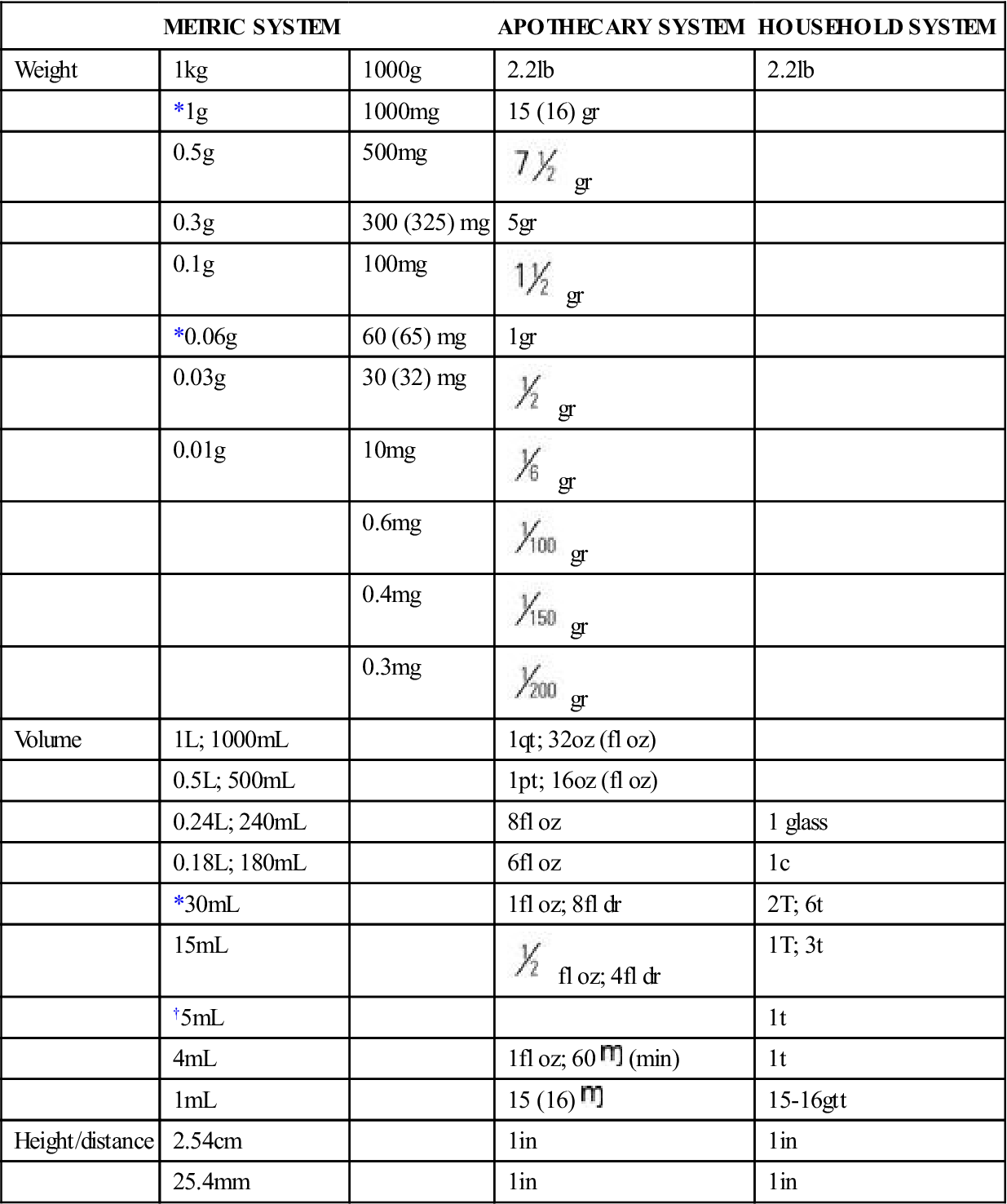
*Equivalents commonly used for computing conversion problems by ratio.
†5 mL = 1 t (teaspoon); official United States Pharmacopeia measurement.
Answers to Practice Problems
Section 14B: Methods for Calculation
Objectives
Outline
Key Terms
The four general methods for the calculation of drug doses are (1) basic formula, (2) ratio and proportion, (3) fractional equation, (4) and dimensional analysis. These methods are used to calculate oral and injectable drug doses. The nurse should select one of the methods to calculate drug doses and use that method consistently.
For drugs that require individualized dosing, calculation by body weight (BW) or by body surface area (BSA) may be necessary. In the past, these two methods, (5) and (6), have been used for the calculation of pediatric dosages and for drugs used in the treatment of cancer (antineoplastic drugs). BW and BSA methods of calculation are especially useful for individuals whose BW is low, who are obese, or who are older adults.
Before calculating drug doses, all units of measure must be converted to a single system (see Section 14A). It is most helpful to convert to the system used on the drug label. If the drug is ordered in grams (g, G) and the drug label gives the dose in milligrams (mg), then convert grams to milligrams (the measurement on the drug label) and proceed with the drug calculation. Nursing programs prefer to use only the metric system for drug calculations.
Interpreting Oral and Injectable Drug Labels
Pharmaceutic companies usually label their drugs with the brand name of the drug in large letters and the generic name in smaller letters. The dose per tablet, capsule, or liquid (for oral and injectable doses) is printed on the drug label. Two examples of drug labels are given below, the first for an oral drug and the second for an injectable drug.



 ) g to mg
) g to mg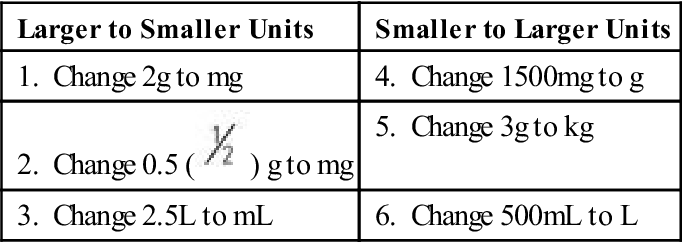
 minim; cm, centimeter; g, gram; gr, grain; gtt, drops, in, inch; kg, kilogram; L, liter; lb, pound; mg, milligram; mL, milliliter; mm, millimeter; pt, pint; qt, quart; T, tablespoon; t, teaspoon; c, coffee cup.
minim; cm, centimeter; g, gram; gr, grain; gtt, drops, in, inch; kg, kilogram; L, liter; lb, pound; mg, milligram; mL, milliliter; mm, millimeter; pt, pint; qt, quart; T, tablespoon; t, teaspoon; c, coffee cup. or 2.0 g = 2000 mg
or 2.0 g = 2000 mg or 0.5 g = 500 mg
or 0.5 g = 500 mg or 2.5 L = 2500 mL
or 2.5 L = 2500 mL or 1500 mg = 1.5 g
or 1500 mg = 1.5 g or 3 g = .003 mg
or 3 g = .003 mg or 500 mL = 0.5 L
or 500 mL = 0.5 L oz;
oz; oz
oz
 = 0.5 g
= 0.5 g oz
oz